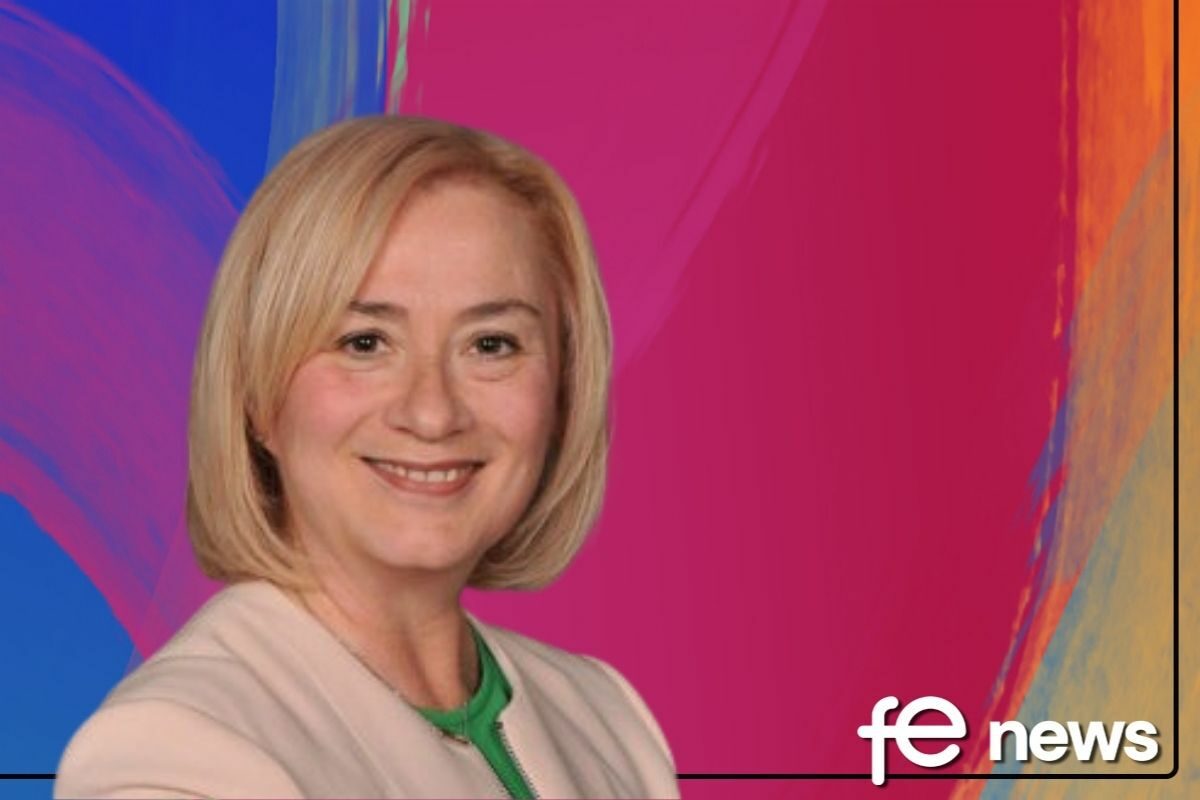Will A First Class Education Spell The Demise of The Desmond?

The Fluff
A very good friend of mine, Jeremy, who is responsible for the recruitment of high flyers into his organisation, told me recently that he doesn’t bother looking at the ‘fluff’ (his words) at the top of CVs as ‘it’s all the same’, instead he starts by scrolling all the way to the bottom to look for a ‘bit of character’ under the ‘hobbies and interests section’.
This way he can ask the chosen ones at interview what differentiates them or makes them special.
Apparently, he went on, ‘everyone gets a first or two-one, so that’s a given’. Umm, I thought maybe he was exaggerating until I researched the latest data for this series of blogs; it looks like it’s heading that way!
The Series: This is the first of a four-part series on university grade inflation; we’ll explore the evidence, the underlying causes, the defence by universities and the possible ways to resolve the problem.
This one is about the evidence.
The Matryoshka

Before we get on to inflation, the world of degrees is convoluted and making comparisons is hard enough anyway, because you’re comparing apples not just to pears, but to all kinds of other fruit!
There are more layers than a Matryoshka Doll; modules within courses, held in various locations, taught by different people with assorted reputations…..yet, they may look the same on the outside, ostensibly they have similar outcomes.
A degree is a degree, right?
But, how does a two-one in medieval languages from Cambridge compare to a first in maths from MMU? Ok then, what about a first in tourism and hospitality management from Coventry with a two-two in economics and finance from Warwick?
Who knows?
Well, employers are expected to know, to be able to judge. However, most realise nowadays that this isn’t the way to search for long-term talent.
As someone who has been through the full routine twice, as a student and then as a parent, I find the whole process perplexing and, interestingly, even more so second time around!
Let me just take my rose-tinted ‘it was better back in the day’ glasses off for a minute. The sea of degree classifications was always very murky and opaque. Back in the eighties, the established universities offered the ‘academic’ education route and, to progress, students generally had to have strong A levels. As a result, only about 5% of young people in a specific year group would go. Then only 5% of those might get a first. Consequently, most of those who achieved the highest academic accolade (the 5% of 5%) were the very dedicated ones, those who shunned sport, parties and personality, the so-called ‘creatures’, and a life and career as an academic or in the back-office somewhere beckoned.
In those now-distant days, even in an era of no data, we were confused. In the Bristol ’85 vintage, how could only one student out of 200 get a first in Law, whereas 30 out of 95 get the top grade in Physics? The lawyers argued that Physics was easy, we deduced that cleverer students did the sciences. But either way, it wasn’t transparent. Who decided and how? And after you’d graduated it was too late to do anything about it. No complaints, no Complaints Department, move on.

Anyway, all the way down to a two-two, the dreaded Desmond, depending on what you studied and where, you could squeeze onto one of the burgeoning number of graduate programmes.
They were often bright kids who had had to absorb the tough, but useful, lesson of not starting the ‘big push’ early enough. Many went on to do very well indeed! There were limits though; with a third, you’d have to explain away why the only first you’d got was the name of the local publican.
As the number of graduates grew, competition increased and employers would often impose a two-one as an arbitrary minimum filter for applicants, so firsts and two-ones were lumped together to constitute the golden ticket of ‘good’ degrees.
The ‘other’ pathway, the alternative to university with more accessible entrance criteria, was the vocational route which was offered by polytechnics and other colleges; it was more practical and geared towards a specific career, such as engineering. This is a void which the UK Government has really struggled to fill over decades of polytechnics and BTECs.
Grade Inflation, The Evidence
We all know about grade inflation at GCSE, it’s easy to track and trace. Higher qualifications are trickier to measure and compare, but even just a cursory big picture inspection of the data for degree classifications clearly reveals the inflation of top grades. This is not just a bit of inflation, but Weimar-Republic-style hyperinflation! Gavin Williamson  reckons if we just fast forward a few years (37 and a half to be precise!) at the current rate every student in the land will get a first! What’s the point in that!
reckons if we just fast forward a few years (37 and a half to be precise!) at the current rate every student in the land will get a first! What’s the point in that!
As any freshly graduated economics student with a first from LSE will inform you, rampant inflation leads to massive devaluation and that’s what’s happening; here, inflation in grades results in devaluation of reputation and meaning and all those barrowloads of hard work will leave you penniless.
Anecdotally, from what I hear, it seems as if everyone these days is getting a first or two one. Checking the data, The Russell Group is leading the charge with Cambridge recording 94% and Bristol 92% of their students getting good degrees in 2019; that’s nearly everyone!
Here are some graphs pointing the way:

HESA started compiling data about grades from the mid-90s, prior to that it is quite difficult to ascertain. Looking at the Rainbow Cake graph above, you can see that the percentage of 1st / 2-1s across all universities in the UK has been growing from 1996, at the expense of the lesser degrees, from about 50% in the mid-nineties to just over 75% now. The inflation is unmistakable and unrestrained. Prior to this, the breakdown was reasonably consistent over a long period.
Anecdotally, my kids are telling me that with recruiters insisting on a minimum of a 2:1, leaving a university with a legendary Desmond means you’re “pretty much unemployable”.
No badge of honour, no value, the demise of the Desmond is nigh.
It is the surge in firsts which is driving this change. It’s pretty clear from the graph below that the percentage of firsts increased at a steady rate from the 90s to around 2012 and then accelerated at a much higher rate to today. Over this period, the percentage of firsts has expanded from about 8% to 30% of all graduates! The benchmark in 1985; about 5% of students were awarded a first.
There is a gearing effect when translating this into the number of actual human beings achieving a first; not only has the rate of ‘good’ degree increased rapidly but this has been compounded by the escalation in learners actually going to university. Over a 25-year period since 1994, the percentage of firsts has increased by a factor of 4 (7.5% to 30%), whereas the number of firsts awarded has gone up by a factor of around 8 (20k to 160k)! Whoosh!
Based on this, there are eight times as many boffins in the community nowadays. Look around, is it true?
So, it’s pretty clear from the evidence that there has been very high inflation in good degrees in recent years.
Who benefits from this? Why is it happening? This is what we’ll look at in the second article in this series.
Neil Wolstenholme, Chairman, Kloodle











Responses